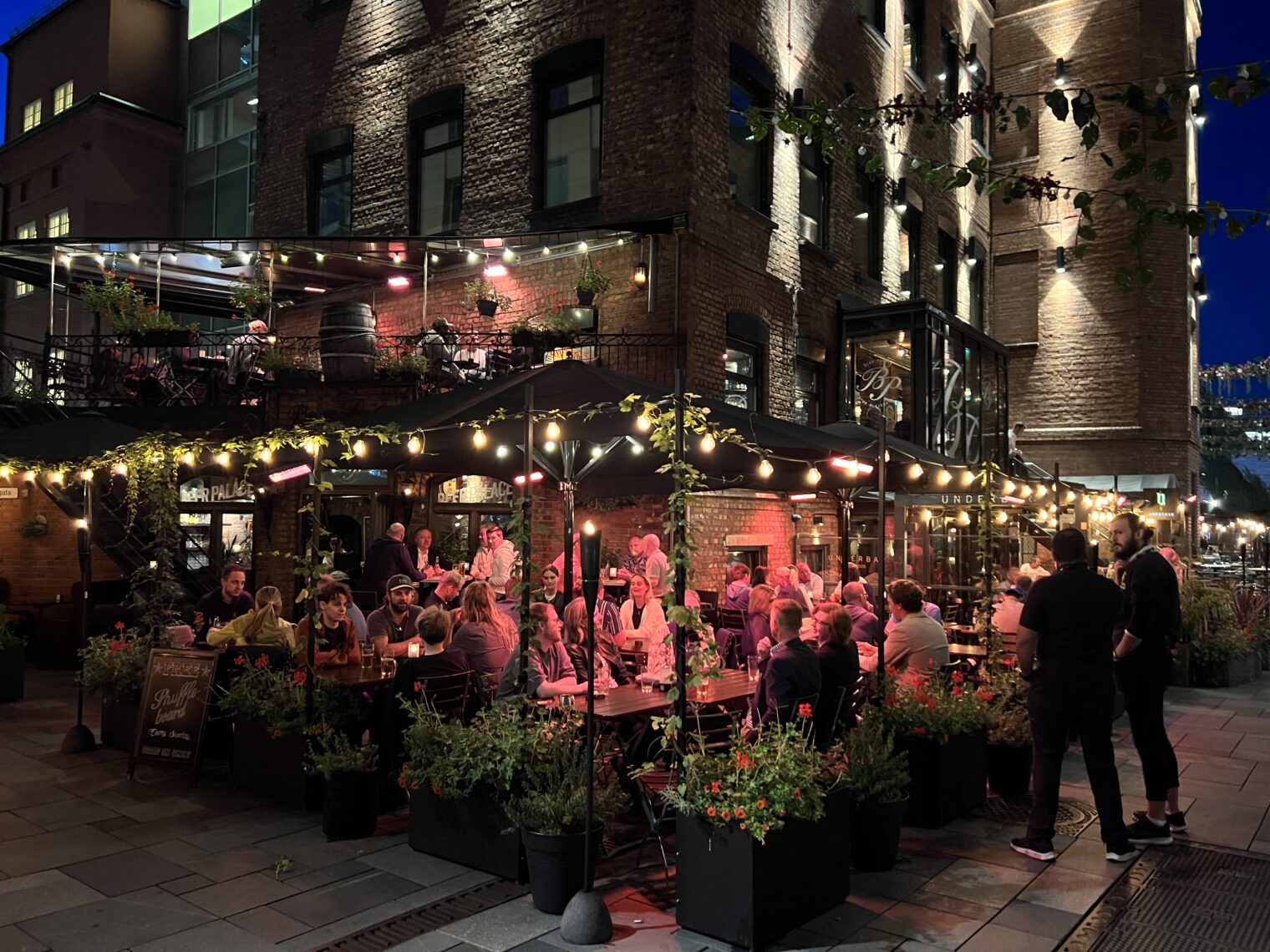Apple released some new products today. Who is excited about them and why?
Aside from being able to talk on the phone, check email, and receive text messages, my main interest in a mobile phone is the camera capability.
“Apple’s iPhone 14 and 14 Pro: Imaging tech examined” (DPReview):
The Pro models gain larger sensors for their main cameras, jumping from 12MP Type 1/1.7 (7.5×5.7mm) to 48MP Type 1/1.28 (9.8×7.3mm) quad-pixel chips. The aperture is reduced from F1.5 to F1.79 but this is brighter in equivalent terms than before: the sensor is nearly twice the size, which more than makes up for the ~0.3EV slower F-number.
The camera will primarily deliver 12MP images by combining quartets of pixels to give the 2.44μm pixels discussed in Apple’s presentation, but can also deliver 48MP ProRaw files, from the individual 1.22μm photosites.
There’s a larger sensor, too for the non-Pro iPhone 14 and 14 Plus. These receive main cameras with comparable specs to those in last year’s iPhone 13 Pro. Specifically this means 12MP Type 1/1.7 (7.6×5.7mm)
My dream is a chunky phone with a Four Thirds System sensor (17x13mm). The iPhone 14 Pro models are thus approximately one third of the way to my dream, as measured by sensor area.
When would this matter? Here’s an iPhone 13 Pro evening photo from one of the new waterfront neighborhoods of Oslo:
If you download this and zoom in you’ll see how fuzzy the faces are. That’s the limit of what clever hardware and software can do to try to patch up the deficiencies caused by using a tiny sensor in low light.
Compare to this image taken at 2 pm (daylight savings time):
Readers: Aside from this sensor size increase, which is simply catch-up to the better Android phones, what is new and interesting from Apple?
Related:
- “Apple’s iPhone 14 and iPhone 14 Plus Bring Enhanced Cameras” (PetaPixel): “The dual-camera system upgrades and features on the iPhone 14 include a new Main camera with a larger ƒ/1.5 aperture and 1.9 µm pixels, enabling photo and video improvements in all lighting scenarios for better detail and motion freezing, less noise, faster exposure times, and sensor-shift optical image stabilization. … There is a new Action mode for smooth-looking video that adjusts to significant shakes, motion, and vibrations, including when video is being captured in the middle of the action.”
- speaking of Android, the co-creator Andy Rubin provides a good example of the risks of being married in California; from the Daily Mail: Former Google exec who ‘got $90M severance’ amid sexual coercion probe ‘ran sex ring which lent out women he paid to own for orgies and filmed them,’ claims estranged wife … Andy Rubin is being sued by his estranged wife Rie, who seeks to have the couple’s prenuptial agreement voided in a complaint unsealed on Tuesday … ‘This is a family law dispute involving a wife who regrets her decision to execute a prenuptial agreement,’ said Rubin’s lawyer, adding suit is full of ‘false claims’ … Rie, who is also seeking a divorce from Rubin in family court, is demanding a jury trial and asking that the prenuptial agreement she signed be voided, thus allowing her to collect on the $350 million her estranged husband earned during their marriage.


For pilots one new feature is the ability to send emergency SOS messages via satellite.
It’s a huge disappointment for photographers. They’re throwing some extra computational photography in there, which is good, but the only major hardware improvement is that the ultrawide is 1-stop faster. The main lens is 24mm instead of 26mm, which I slightly prefer, but not significantly faster.
Meanwhile the previous generation Goole Pixel can do gorgeous long exposures and panning, which the iPhone still can’t do, and the S22 has a real 220mm lens that really does an amazing job on faraway subjects and even close wildlife. Apple countered with a useless 48 megapixel quad-bayer sensor, which in other smartphones has produced zero additional detail.
Still buying it, of course, because it’s my job, but I’m not excited about it.
Tony: I don’t understand the mania for what used to be considered a super wide lens (24mm) as the default lens. Consumers want to see giant noses, hands, and feet in the foreground? I would go no wider than 30-35mm for “1x” and let the ultra-wide lens handle anything wider.
@philg
People would rather zoom in than zoom out. It feels less claustrophobic. Hence the default lens is wide.
Guess phones during the start of the decade always have square edges & the end of the decade always have round edges. That’s the cook’s innovation. If Steve Jobless was still alive, there would be a lot more function than form.
“I don’t understand the mania for what used to be considered a super wide lens (24mm) as the default lens.”
24 is the best lens for interior shots, in rooms and the like, for street photography, and for much architectural photography. No, it’s not good for portraits, but for people-in-their-environment shots it’s great: Put the subject a little out of the center, towards and edge, and you get distortion, but not the big nose/no ears type of distortion, and people are used to that look after decades of wide-angle photography. Selfies often include some of the environment; a longer lens would be better, but you have the problem of the length of an arm, or an arm plus a selfie stick.